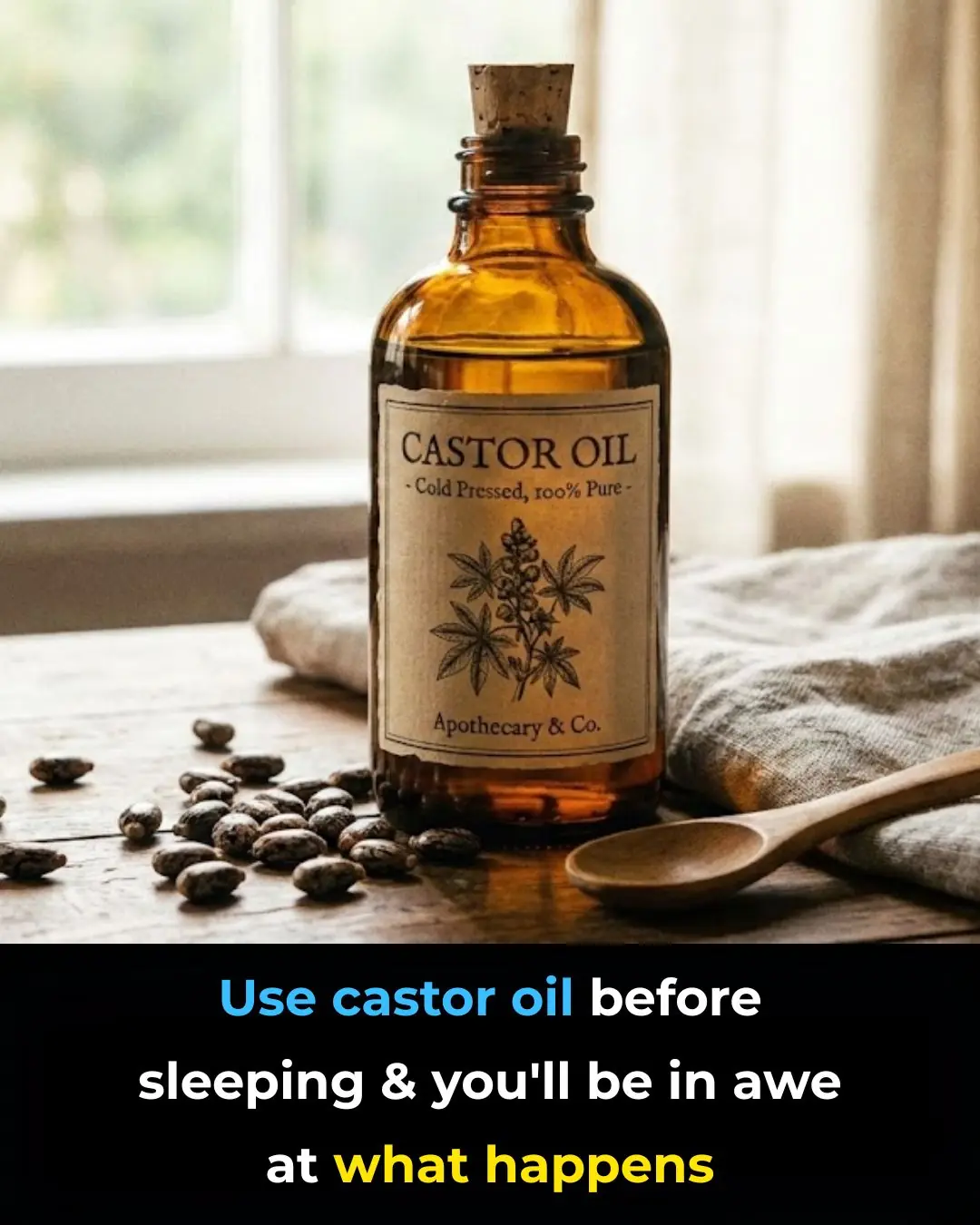
3 mistakes when using plastic wrap that can cause cancer that many people make
Most families use food wrap to preserve food. However, using the wrap in these three ways can "bring diseases and cancer" into your body.
Food wraps are usually made from plastics such as polyethylene (PE), polyvinyl chloride (PVC), or polyvinylidene chloride (PVDC). Some food wraps may also contain additives to enhance properties like adhesion, oxidation resistance, and durability.
Using food wraps still poses many health risks, especially when used improperly, as it can increase the risk of chemicals from the wrap transferring into food. Over time, this can be harmful to health and increase the risk of cancer.
1. Three Common Mistakes When Using Food Wrap
Here are three common mistakes when using food wrap that can lead to health issues many people unknowingly make.
-
Reusing Food Wrap
Some people like to reuse food wrap to save money or protect the environment. However, many are unaware that there are countless invisible bacteria in environments like the refrigerator. If left too long and reused, food becomes highly susceptible to contamination, losing its safety.
Moreover, reusing food wrap can cause toxic chemicals to leach into food. Over time, this can lead to many health problems, including cancer.
-
Using Food Wrap to Steam or Reheat Food
Most food wraps we buy on the market are made from food-grade PE plastic, which is stable and safe. However, the melting point of PE plastic is not high. When exposed to heat for long periods, it can soften, deform, or even melt.
If we reheat food at high temperatures and then wrap it with PE food wrap, it may melt due to the heat, sticking to the food and releasing harmful chemicals. This could be detrimental to your health and increase the risk of cancer.
-
Using Low-Quality Food Wrap
If you buy low-quality food wrap that contains a high concentration of DEHA, it can have negative effects on your health, such as affecting reproductive ability and liver function, as well as increasing the risk of cancer.
What Material Should Food Wrap Be Made From?
As mentioned, most food wraps are made from PVC, PE, and PVDC plastics. Among these, PVC wrap is the most controversial. The main component of this type of wrap is polyvinyl chloride, and to enhance its flexibility, plasticizers are often added. This type of wrap is cheap but has very low safety.
PE plastic wraps are relatively safe but should be used at lower temperatures.
Finally, PVDC plastic wraps have the highest safety level, made from polyvinylidene chloride. These wraps offer excellent barrier properties and high chemical resistance. Although they are more expensive, they are ideal for food storage.
2. Five Points to Ensure Food Safety When Using Food Wrap
-
Do Not Directly Contact Food: When wrapping cooked food, leftovers, etc., in food wrap, make sure the food is at least 2 cm away from the wrap.
-
For Cooked, Oily, or Hot Food: Avoid using PVC or PE wraps. You can use PVDC plastic wrap or a food storage container instead.
-
Control Usage Time: The main function of food wrap is to keep food fresh for a short period, not for long-term storage. It is best to use food wrap within 12 hours.
-
Not All Food Can Be Kept Fresh with Wrap: For example, bananas and tomatoes produce ethylene gas during storage, which accelerates ripening. Using food wrap for such foods will speed up their deterioration, causing the loss of vitamin C and other nutrients.
-
Avoid Using Damaged Wrap: Do not use food wrap that shows signs of chemical smells, stickiness, or poor quality, such as being non-transparent, having stains, or uneven coloring.
News in the same category

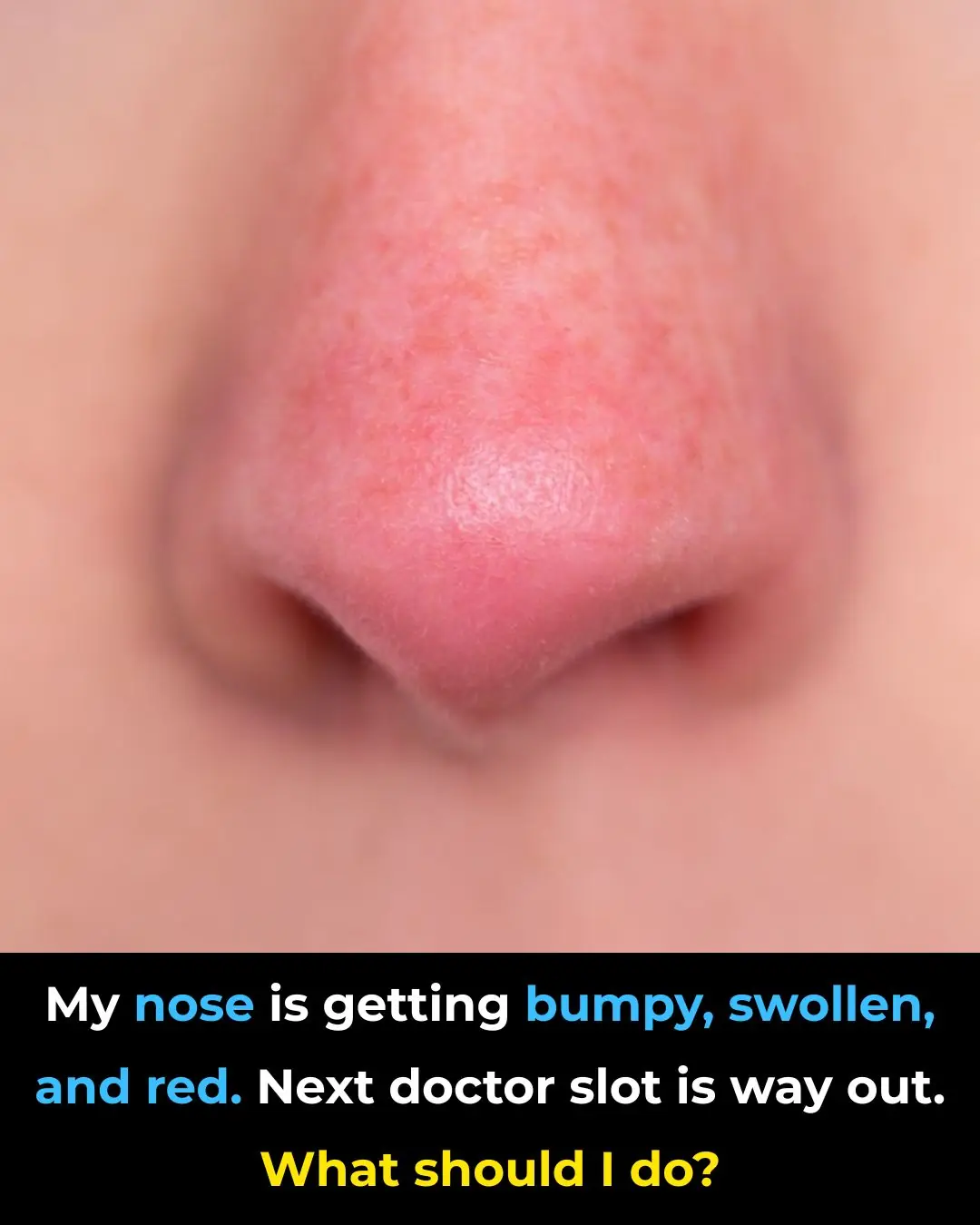
My nose is getting bumpy, swollen, and red. Next doctor slot is way out. What should I do?
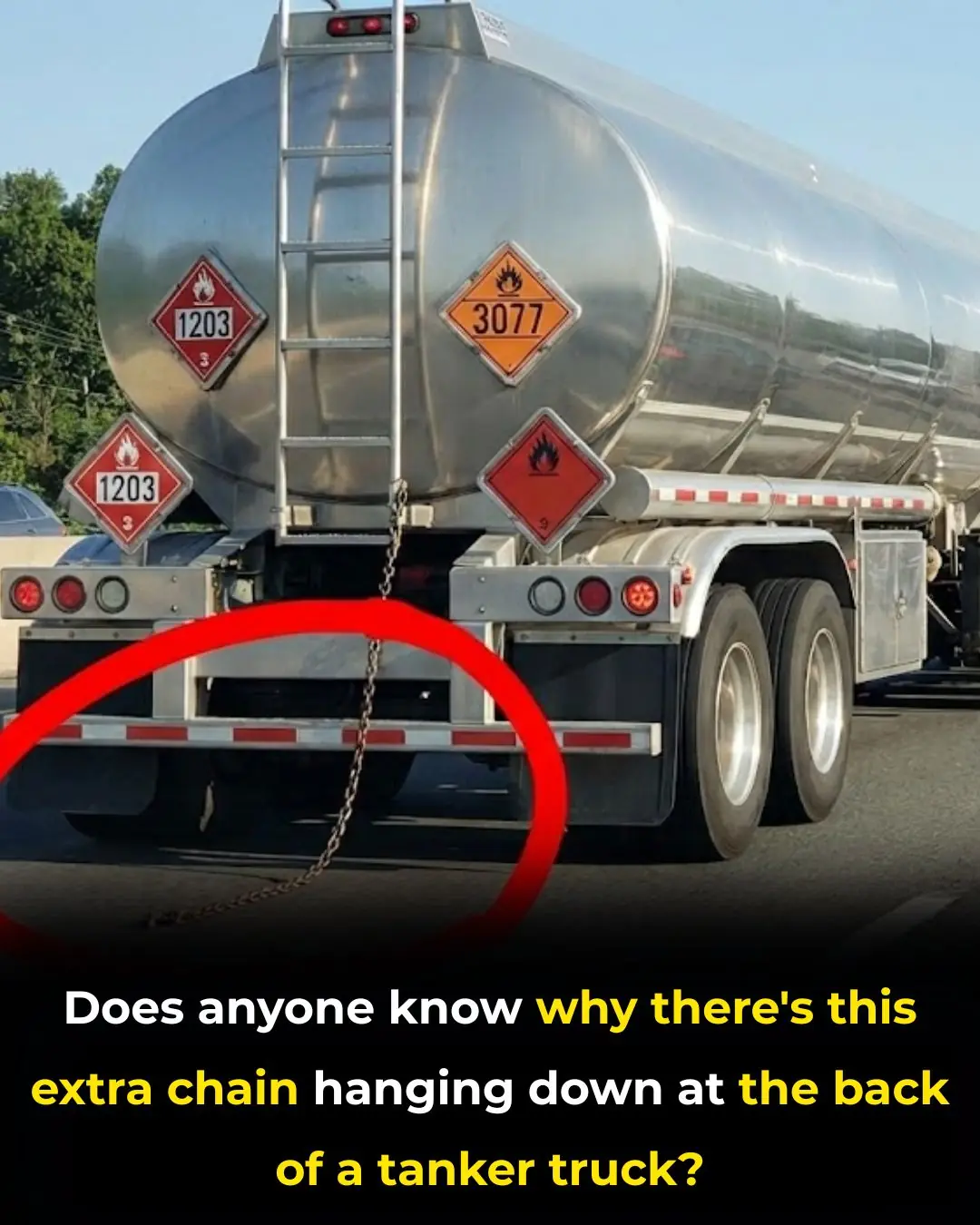
Never realized this

Cold air pours in under the garage door and the repair company can’t come until after New Year. What can I do now?

I swear, I didn’t have the faintest clue about this!

Thought this was mold but I guess not. Am gonna check my bathroom again
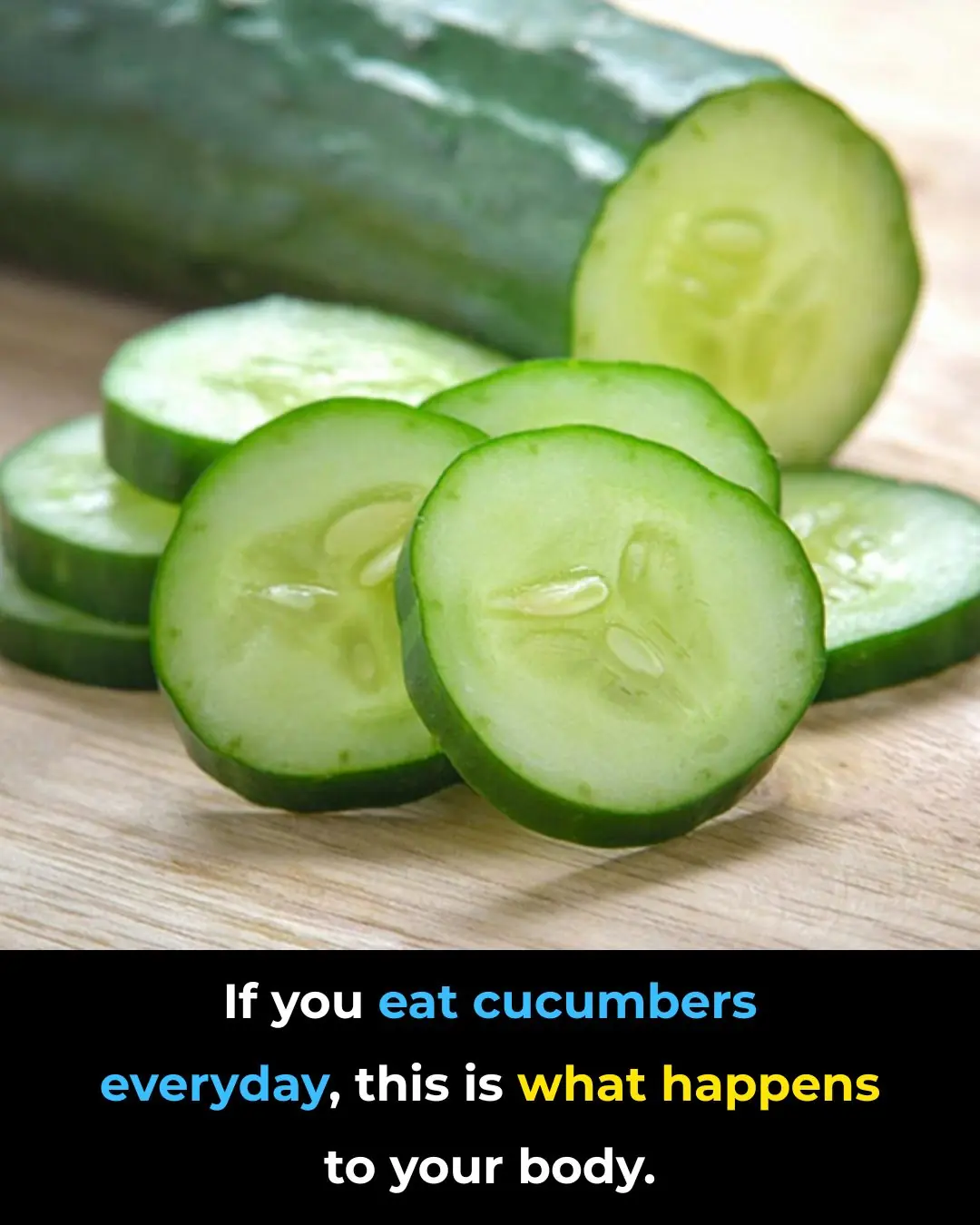
If you eat cucumbers everyday, this is what happens to your body
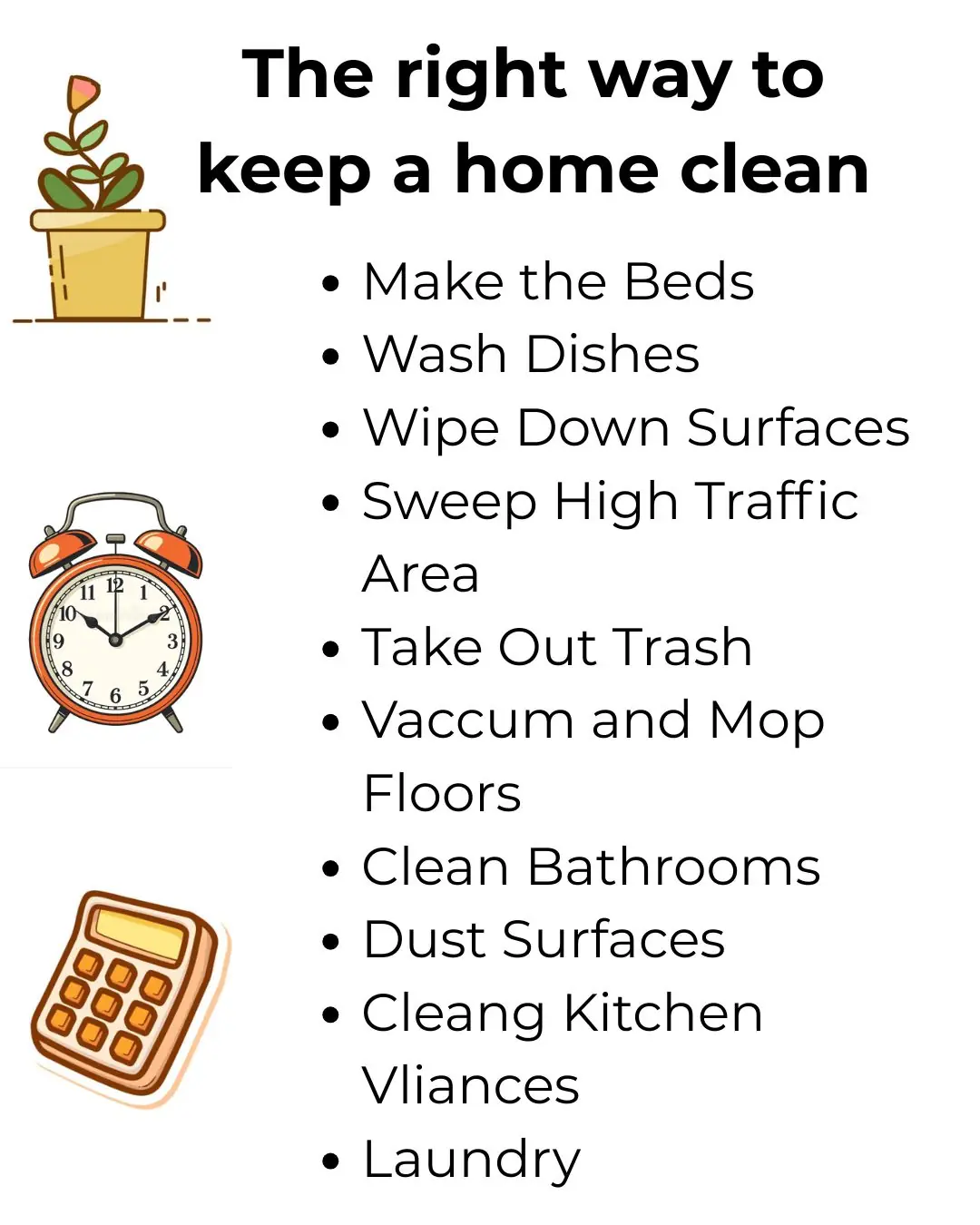
Your method isn't quite right. Here's the correct way to maintain a clean home.
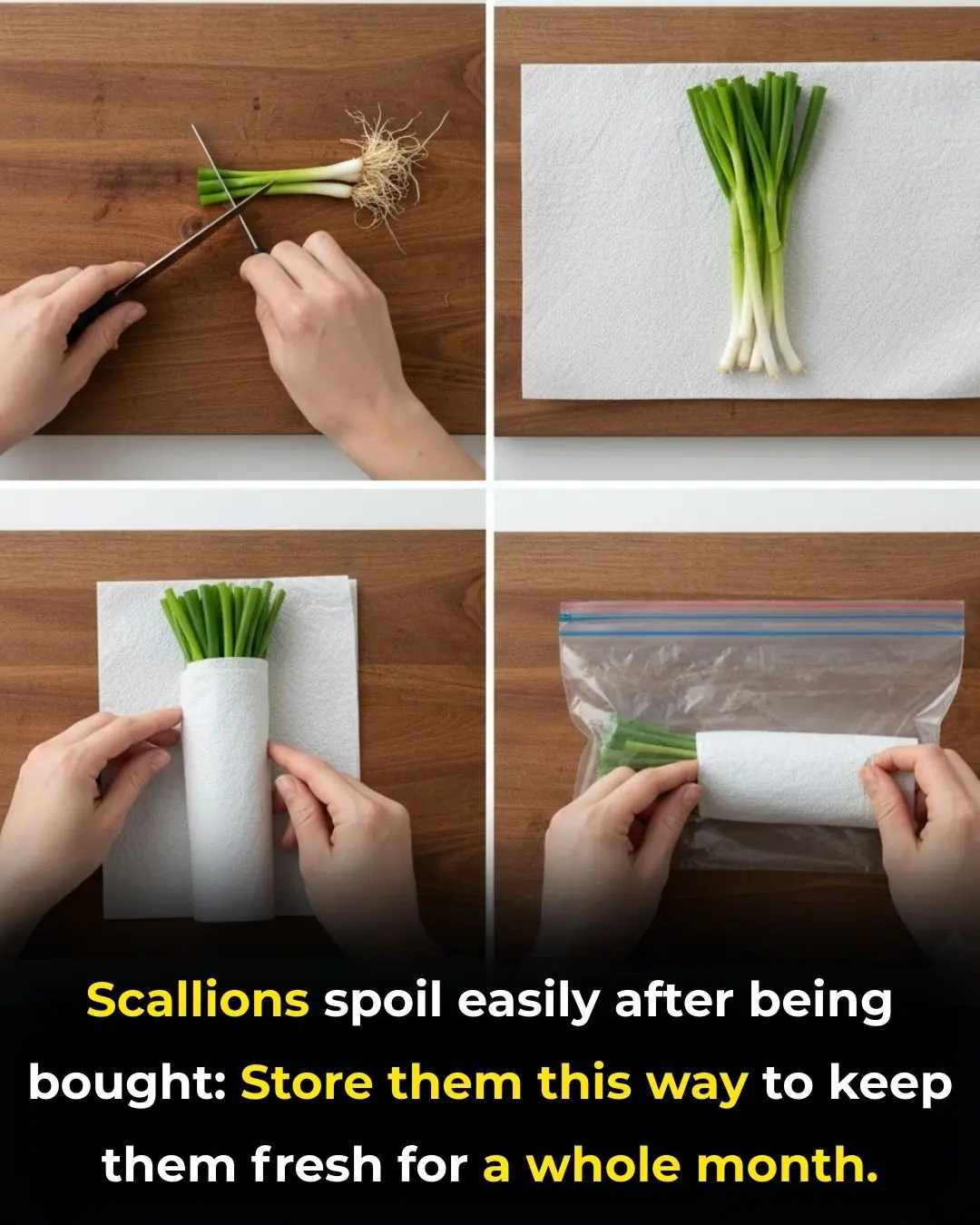
Don't put the scallions straight into the refrigerator after buying them; follow this method, and they'll last for a whole month without spoiling.

Found this on my son’s scalp. Have no idea what it is and we can’t get a doc appt soon. Tips?

Cutting lemons seems simple but many people do it wrong

Most people will go their entire life without ever knowing what the little arrow next to the gas gauge actually means
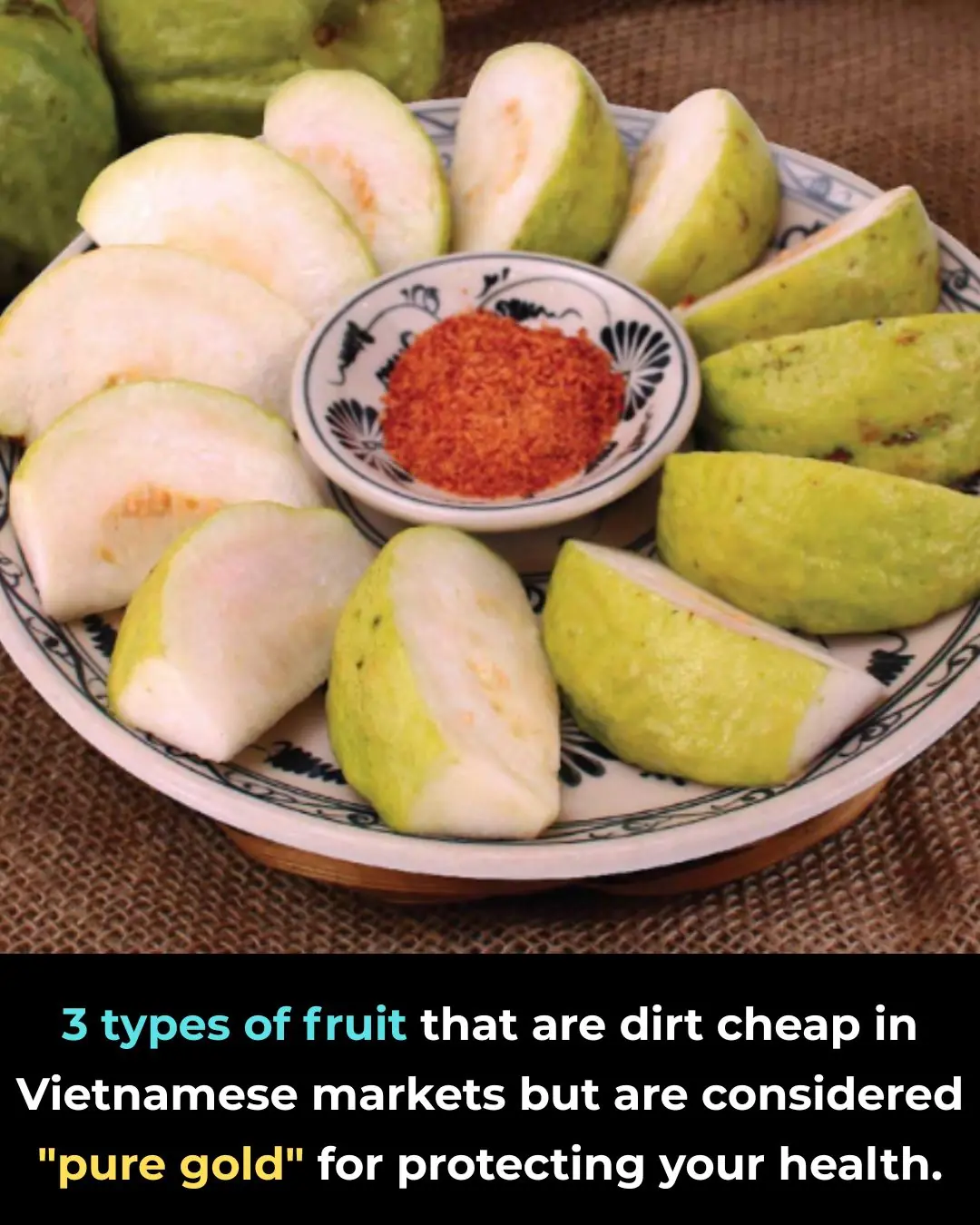
3 types of fruits that are cheap in Vietnamese markets but are considered "pure gold" to protect health
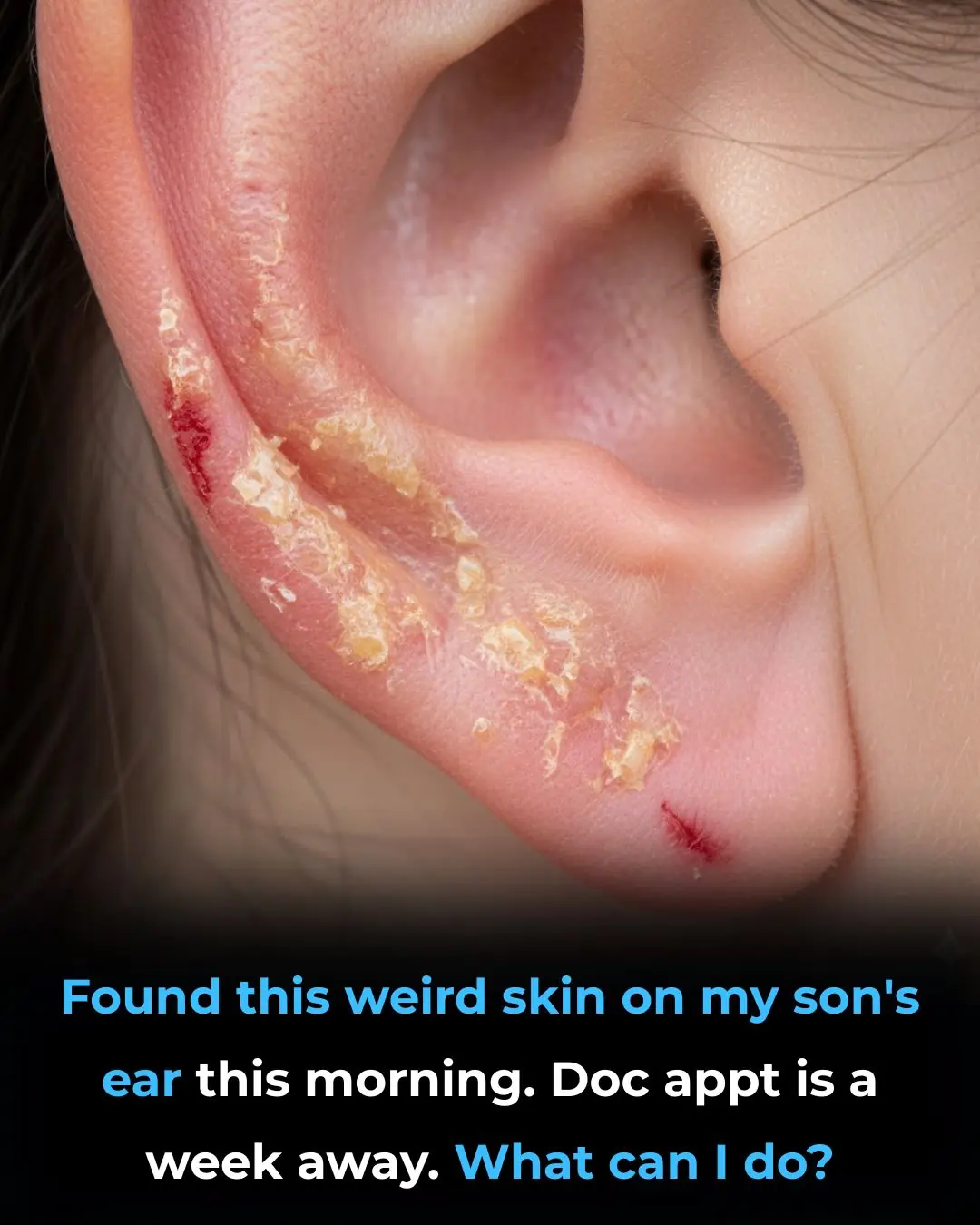
Found this weird skin on my son's ear this morning. Doc appt is a week away. What can I do?

My nana taught me this hack to get rid of dark circles in 5 mins with 0 work. Here’s how it works

4 ways to reheat boiled chicken without drying it out: Keeps the meat soft, sweet, and fragrant like newly cooked
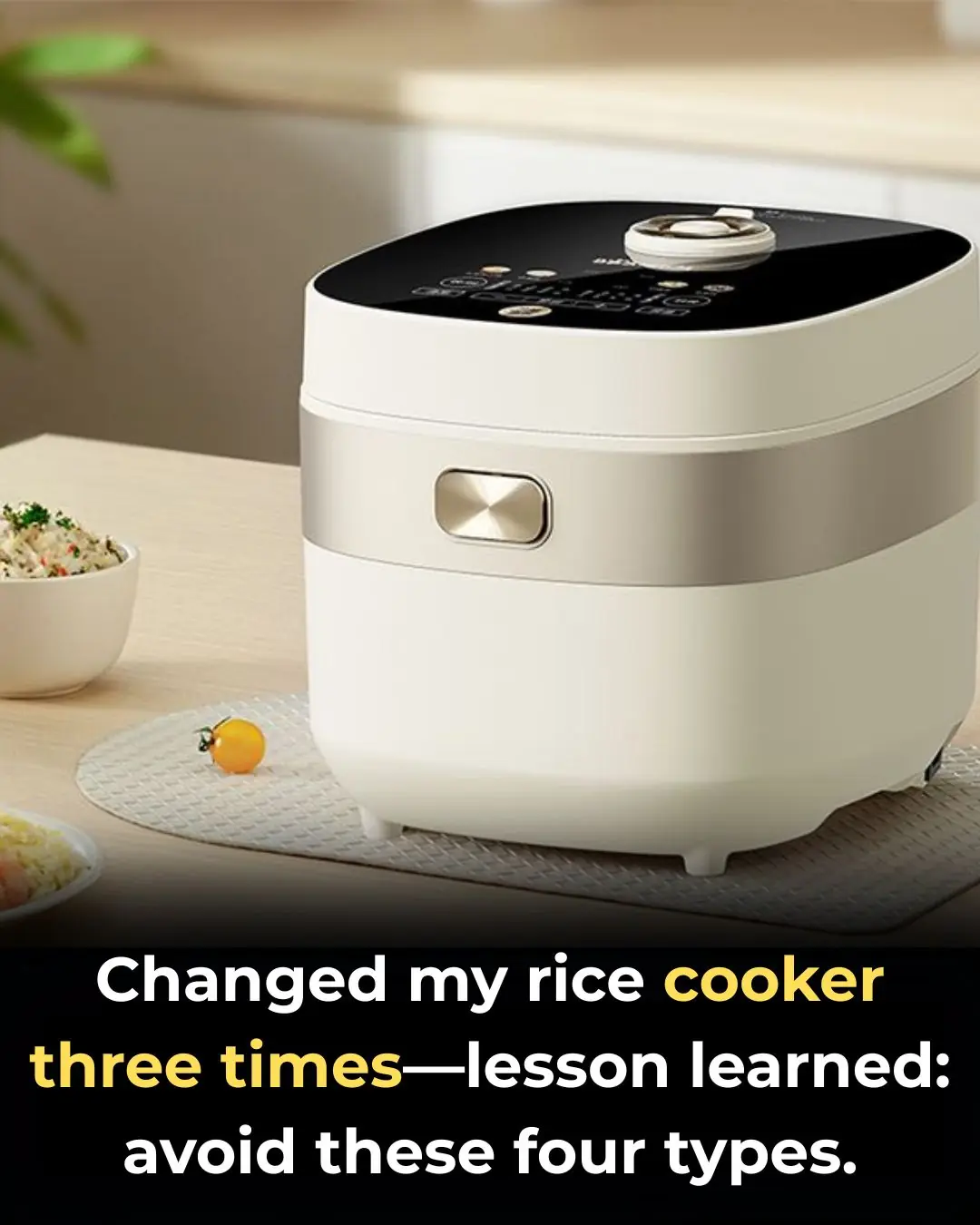
It wasn't until the third time I changed the rice cooker that I realized it

Water Heater Explosions Without Anyone Using Them: A Common Daily Habit Many Households Overlook
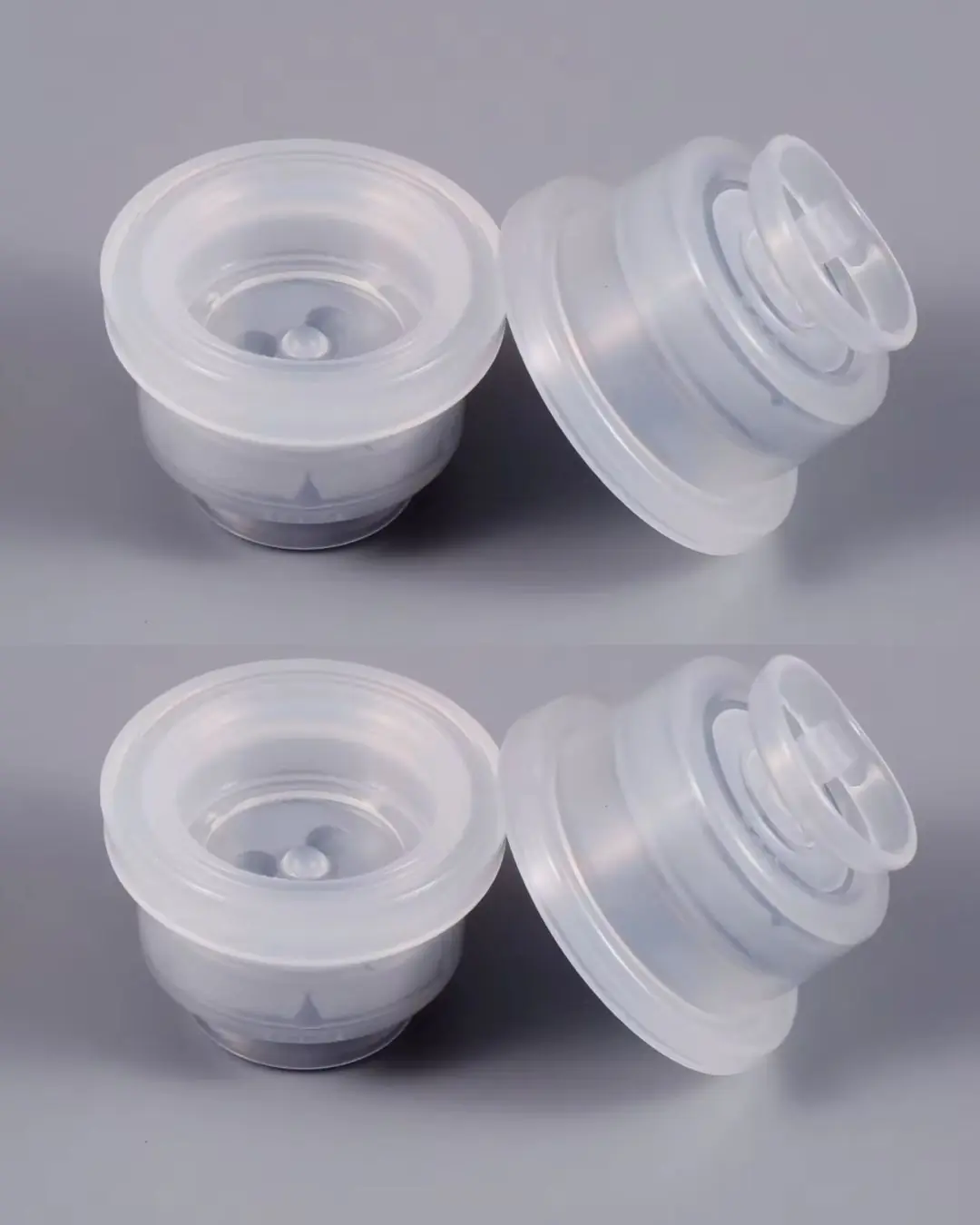
My husband found this tiny silicone thing in the sink while washing dishes. No clue where it’s from, but I swear I’ve seen it before. Any ideas?

My nana taught me this hack to strengthen thinning hair in 7 mins with 0 work. Here’s how it works
News Post
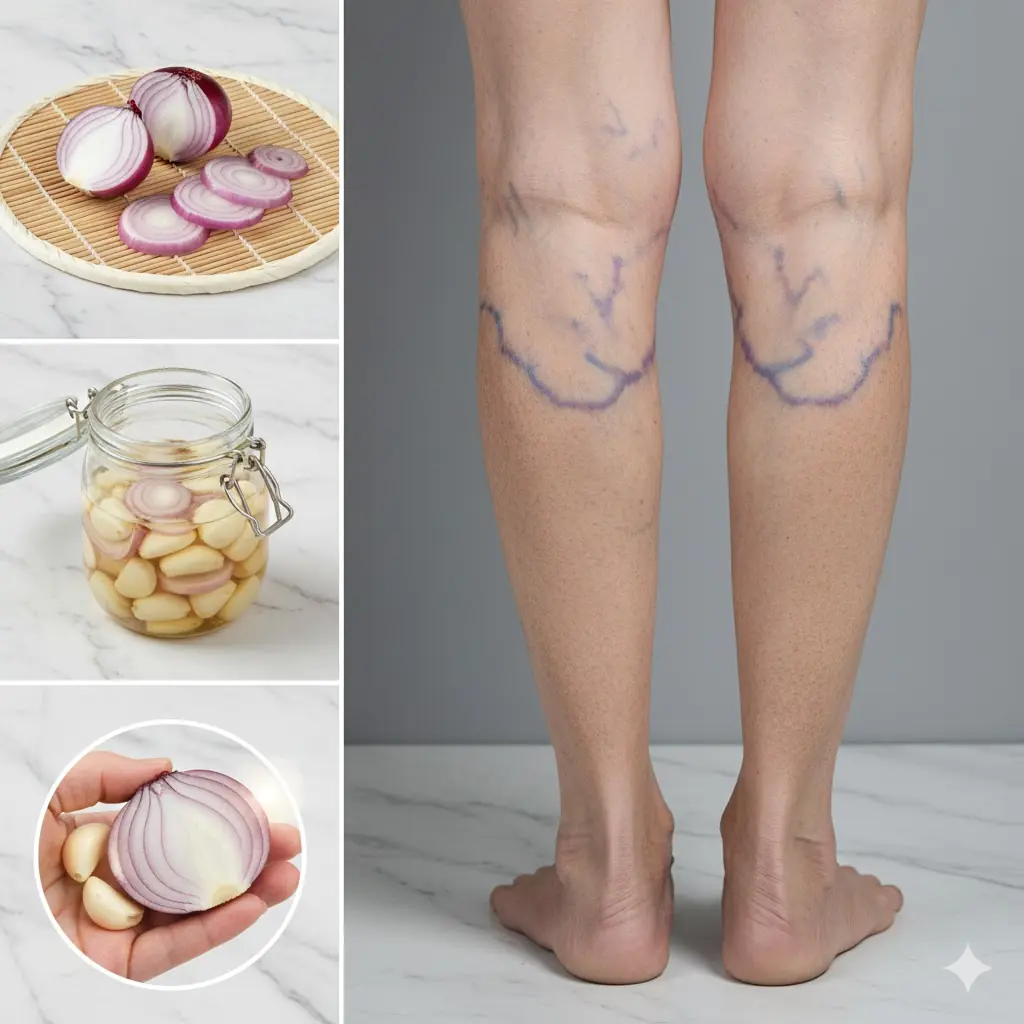
Say Goodbye to Varicose Veins Naturally: A Simple Garlic, Onion, and Olive Oil Remedy That May Offer Relief
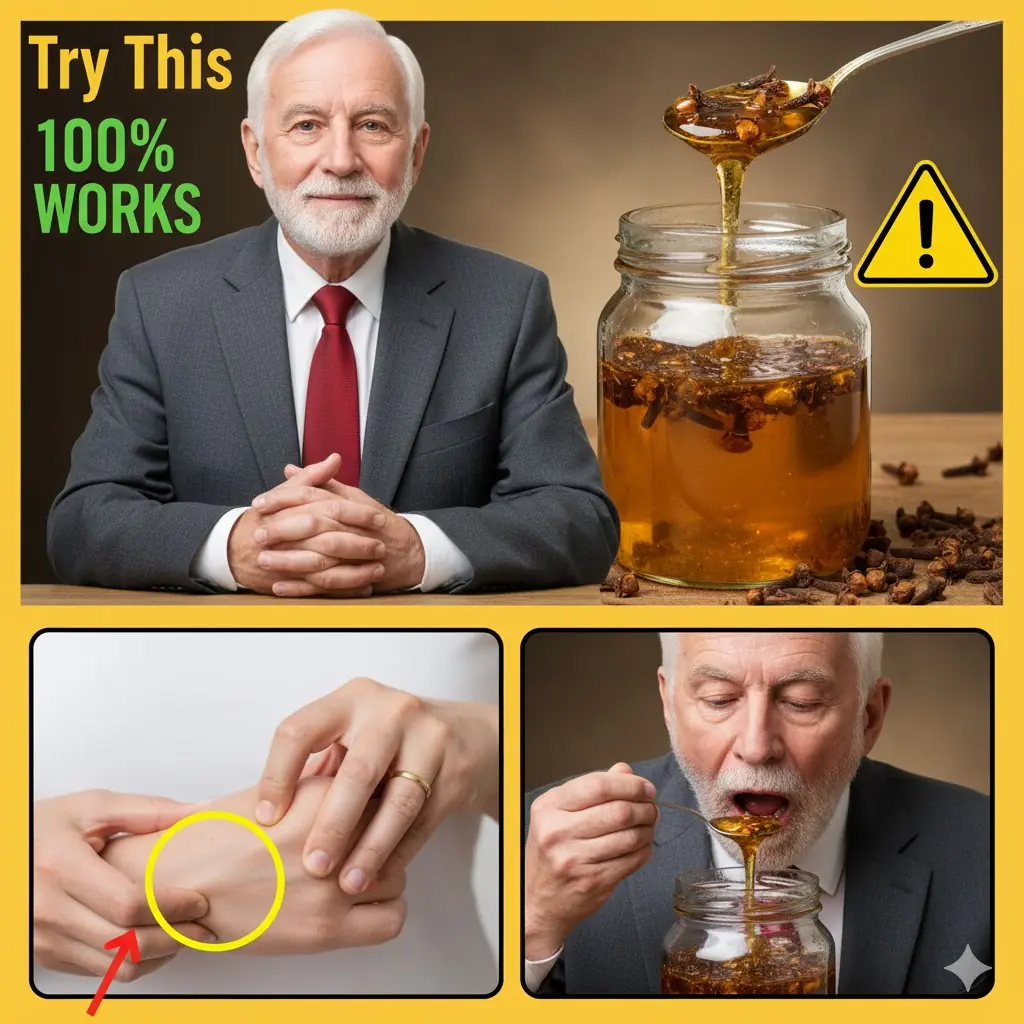
Why Seniors Are Turning to Honey and Cloves for Everyday Comfort After 60

Can Garlic and Lemon Really Support Better Vision? Kitchen Staples Your Eyes Might Appreciate

Banana Flower: The Underrated Superfood Taking Over in 2025

Fears of a Texas Serial Killer Intensify After Three More Bodies Are Recovered from Houston Bayous

From Casual Drinking to Dependence: A Recovering Alcoholic Reveals Seven Warning Signs of Addiction
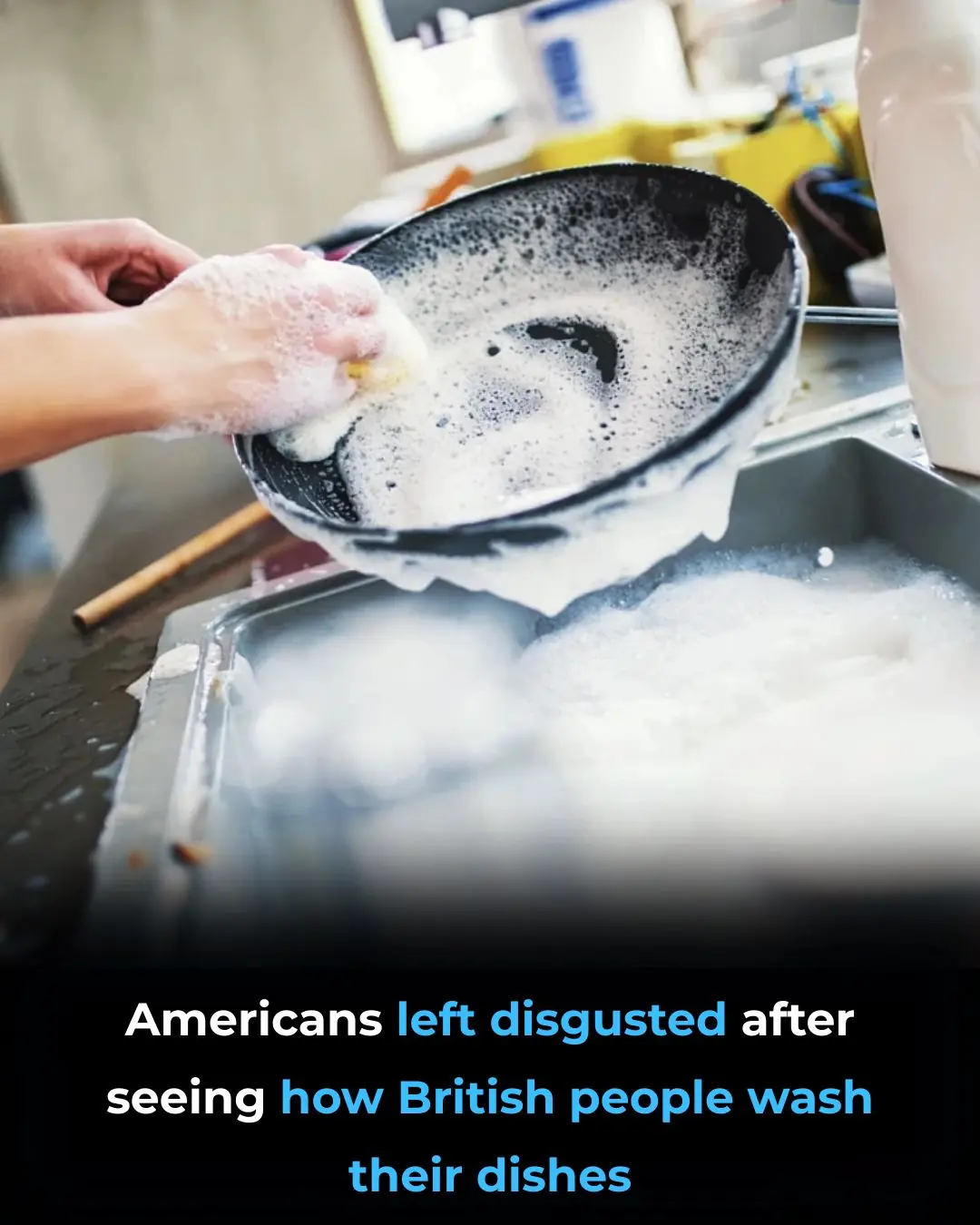
Why Americans Were Shocked by the British Way of Washing Dishes

No one told me

My nose is getting bumpy, swollen, and red. Next doctor slot is way out. What should I do?
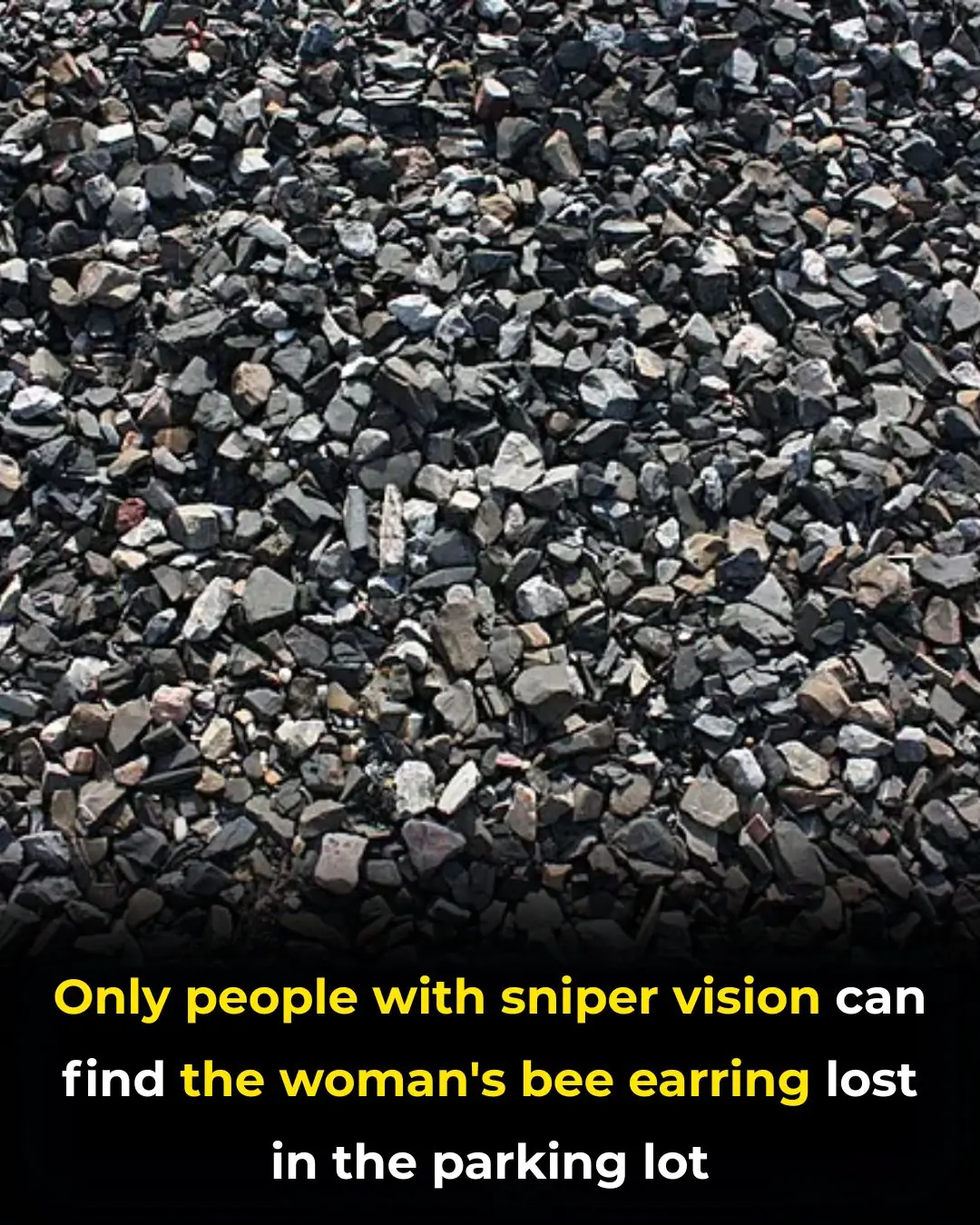
Can You Spot It? The Viral “Sniper Vision” Challenge That’s Testing Human Perception
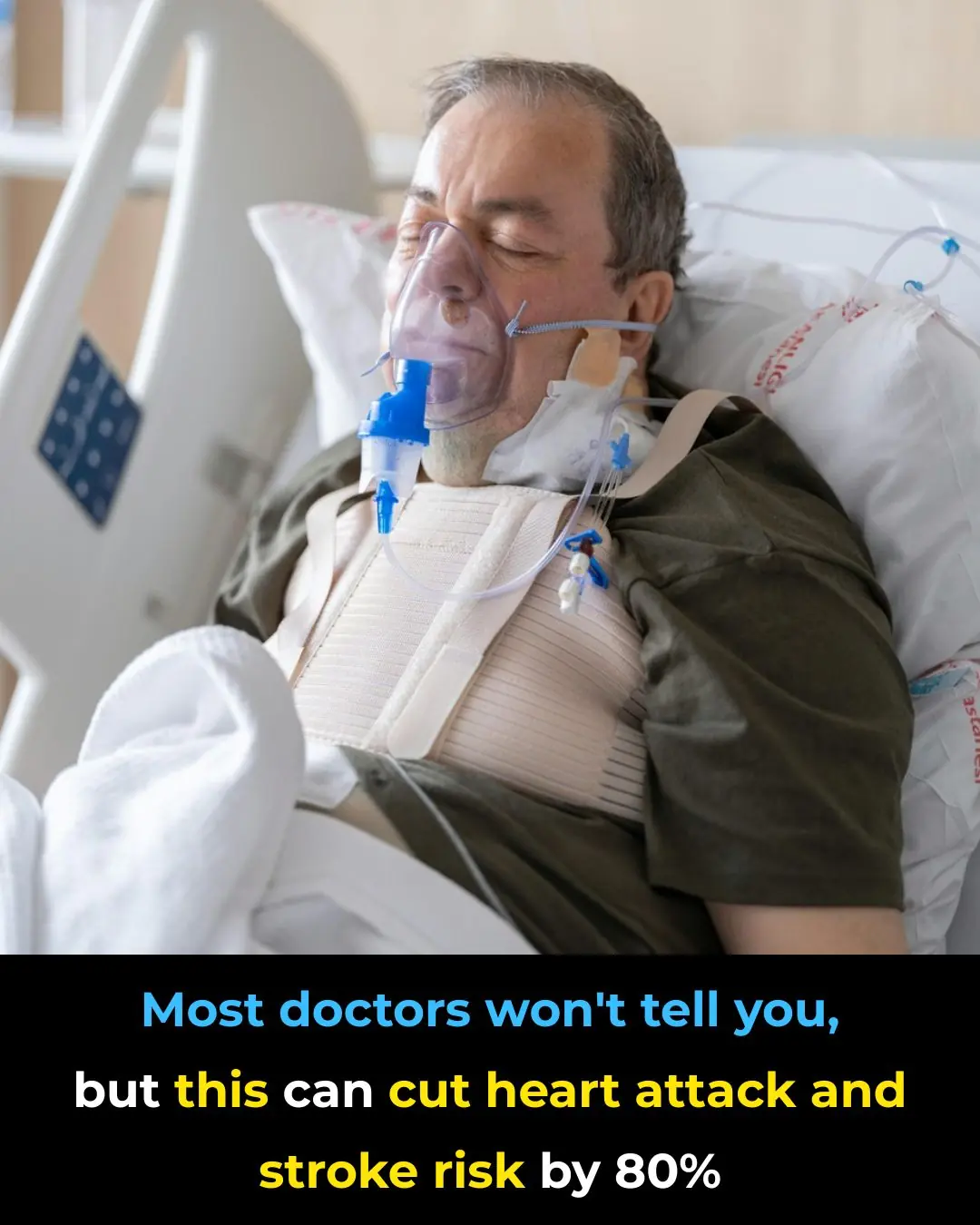
Most Doctors Won’t Tell You, But This Can Cut Heart Attack & Stroke Risk By 80%

The Best Proven Ways to Heal Scars Naturally (Evidence Based)
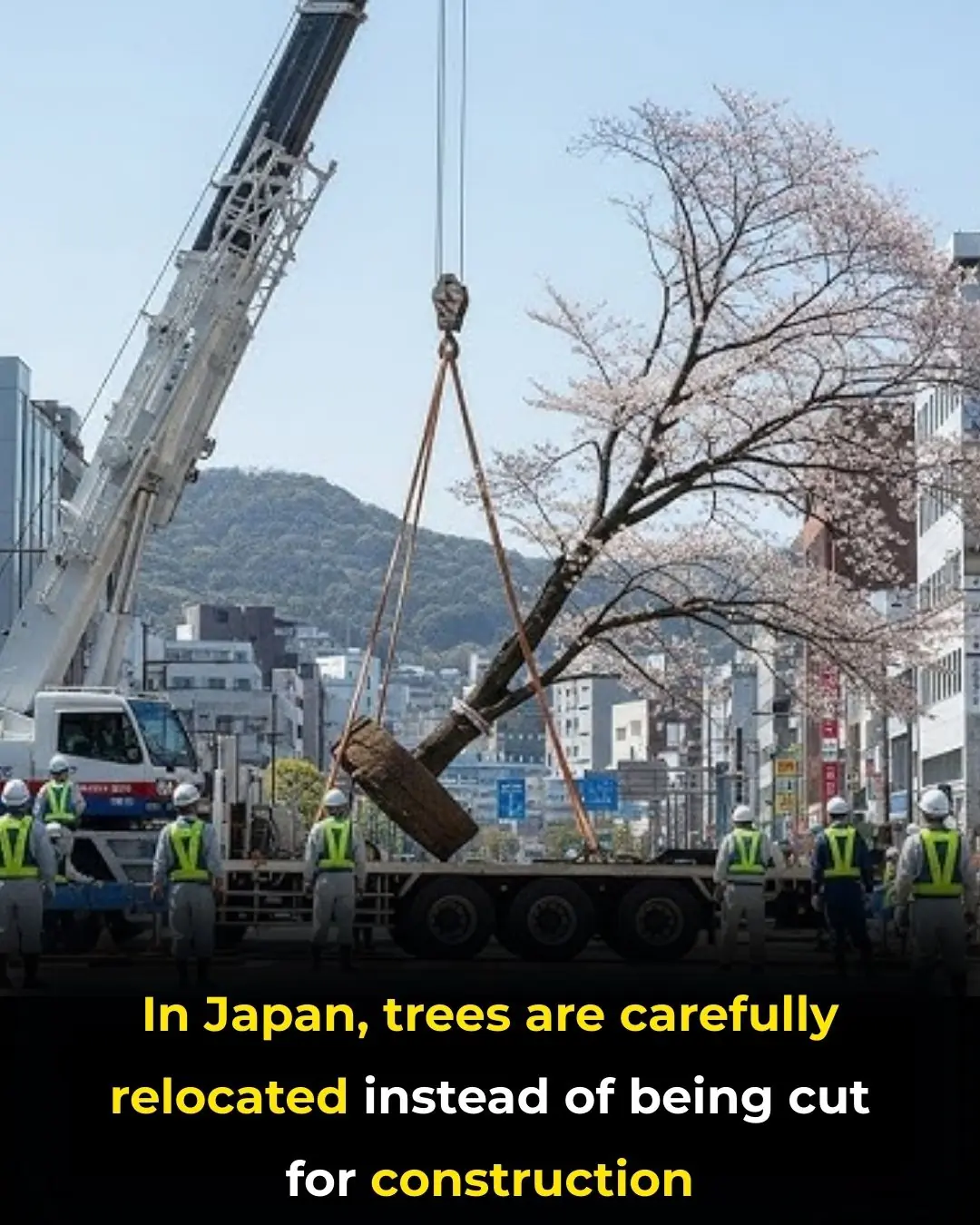
How Japan Preserves Nature by Relocating Trees Instead of Cutting Them Down

16 Warning Signs of Poor Blood Circulation and How to Treat It
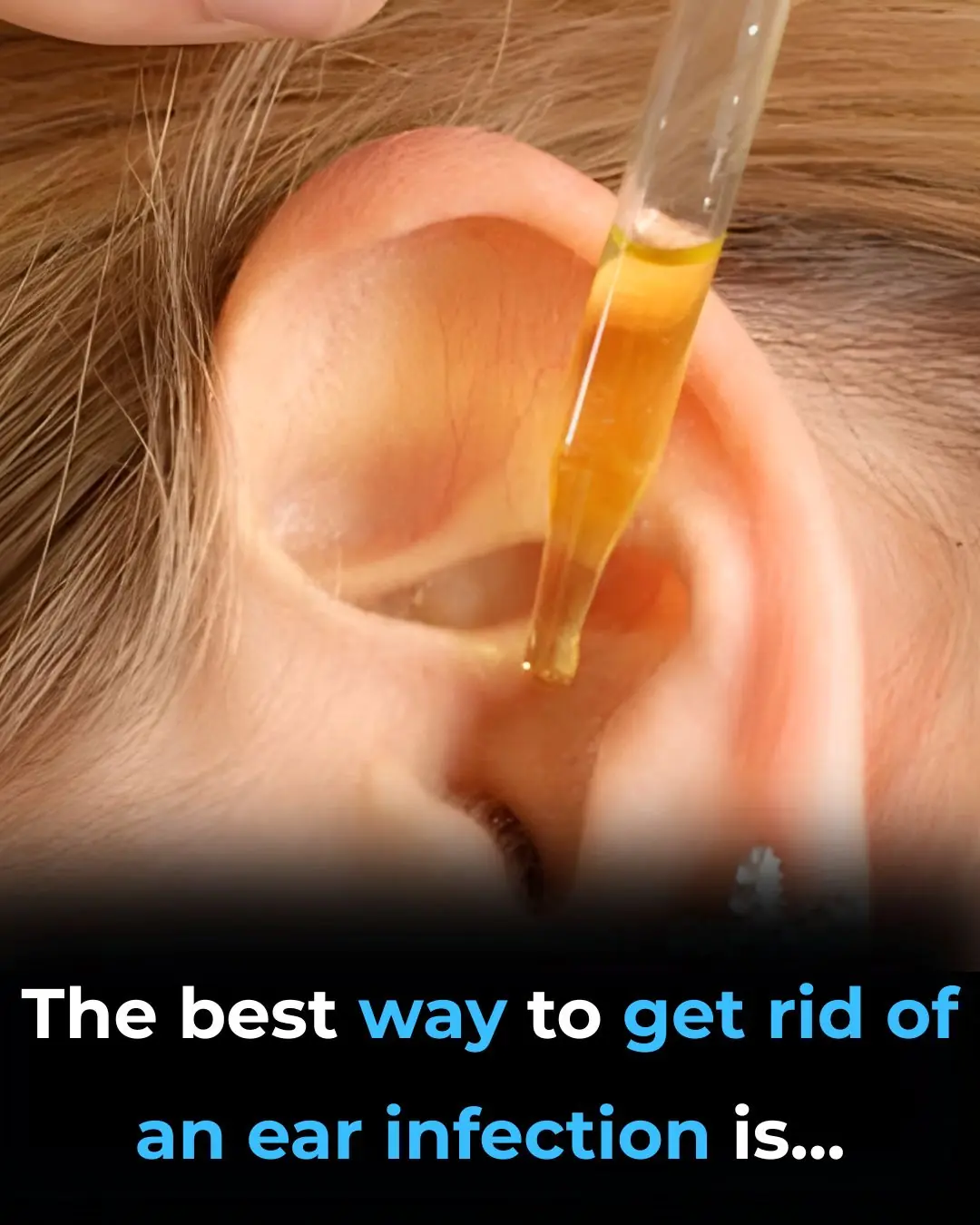
The Best Home Remedies For Getting Rid of Ear Infection

A Simple Act of Kindness That Turned a Lifelong Dream into Reality
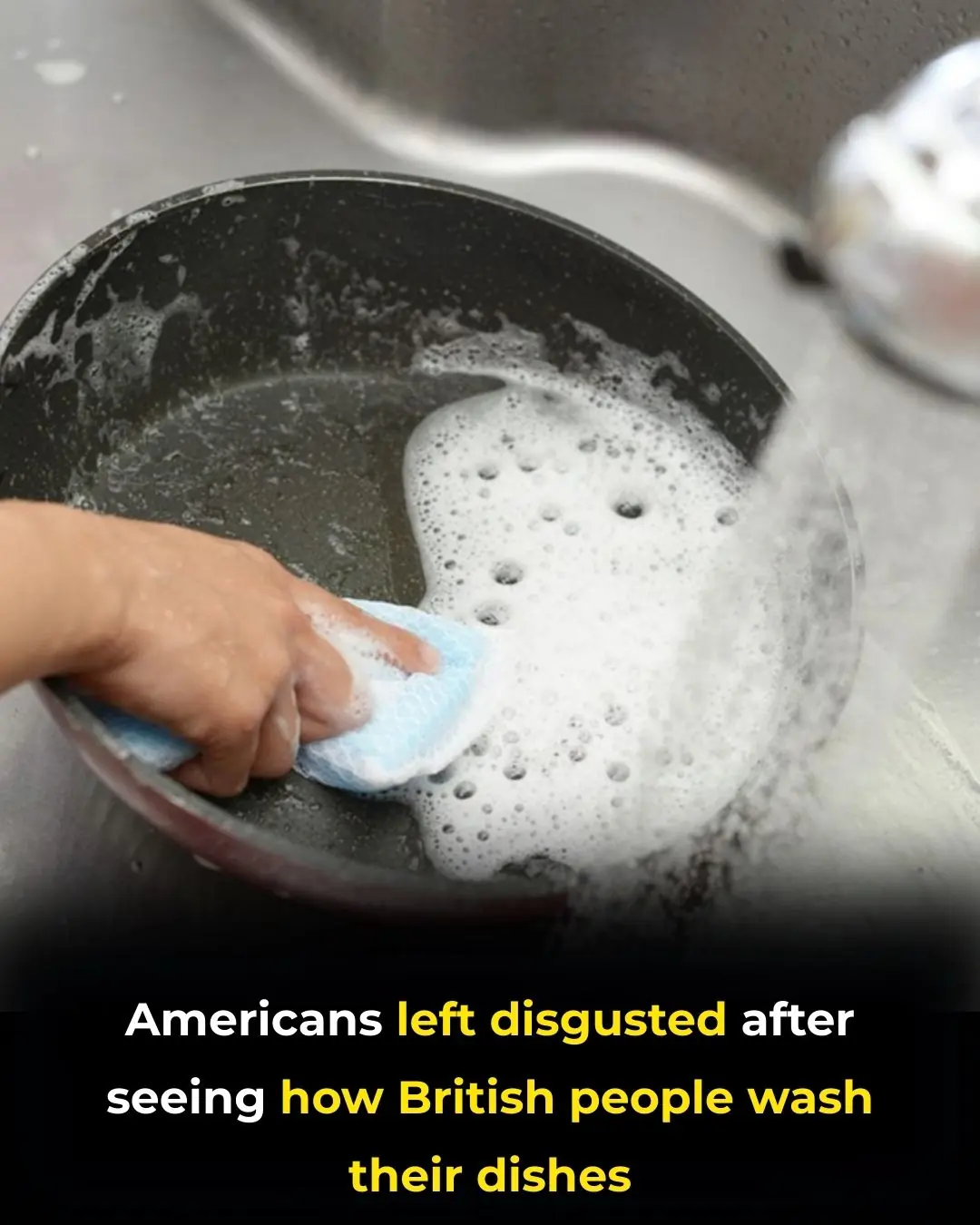
Soap Left on Plates? British Dishwashing Method Sparks International Debate
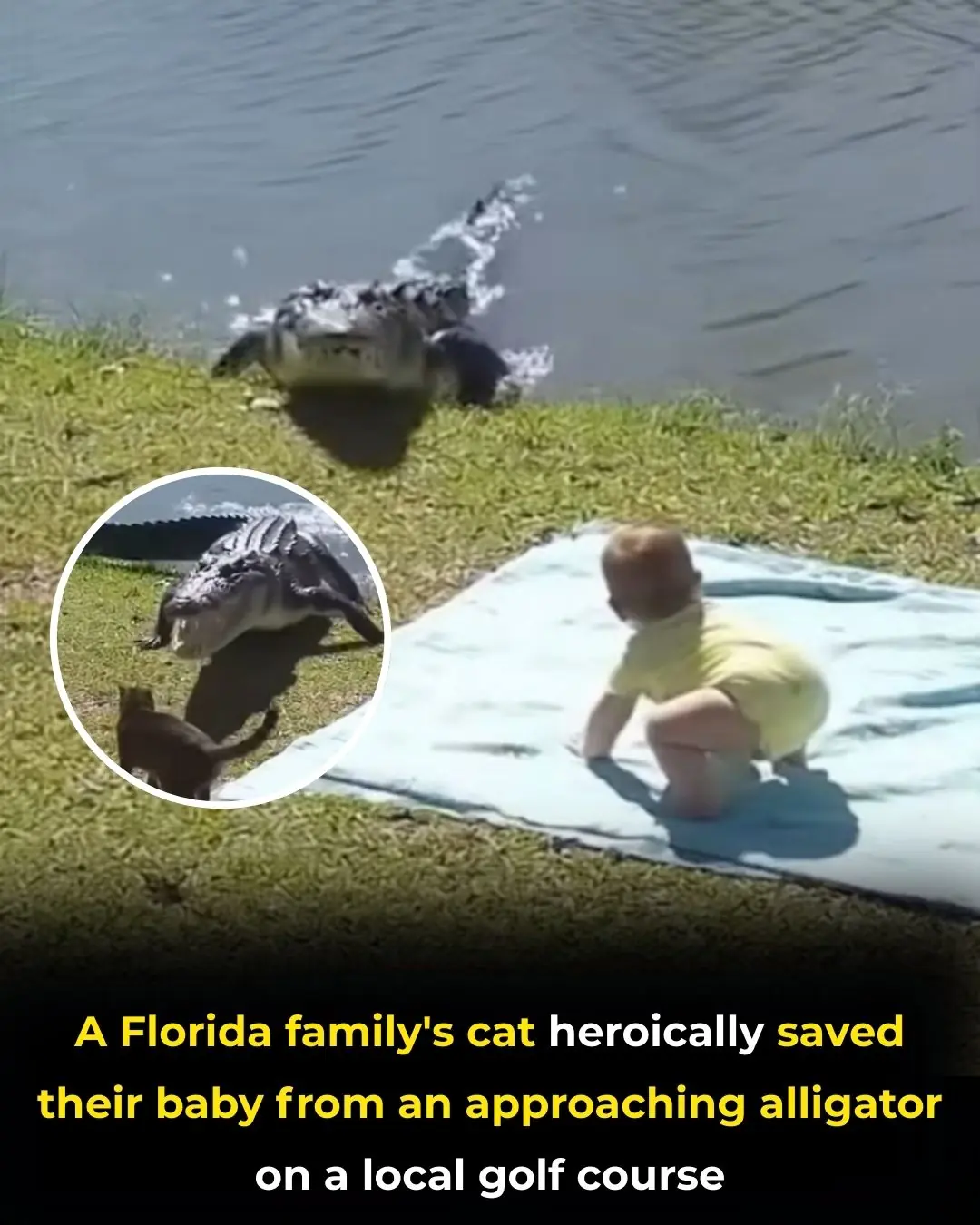
A Hero on Four Paws: How a Cat’s Instincts Saved a Baby from an Alligator

Florida’s Trooper’s Law: A Landmark Step Toward Protecting Pets During Natural Disasters
